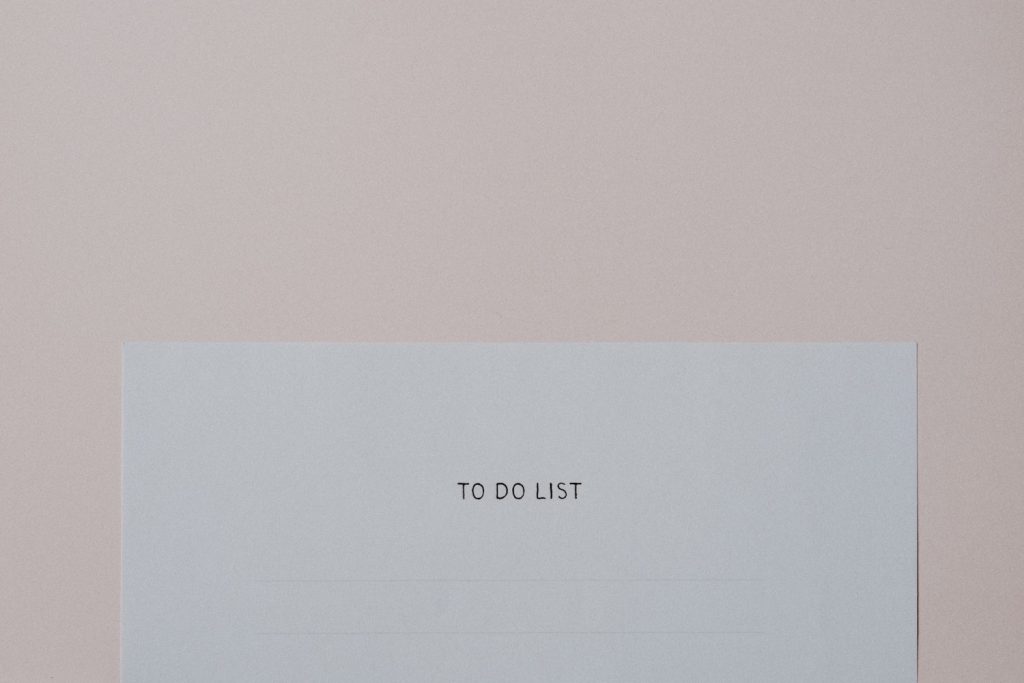by Michael Wolfman
Three weeks… Three weeks is the amount of time that this blog post has been on my daily to-do list. Friday, October 27th became Thursday, November 10th became Wednesday the 16th until finally now I sit here in the main library, hiding from the cold running around outside, to write this blog post. Why did it bounce around my to-do list for so long? Paralysis. How can I choose a topic to write about, a topic about writing itself? How can I take such an open-ended topic and focus it into something that someone may find worth reading?

Sitting in the near-empty cafe, I open my computer to get started. Ooo—a new email in Outlook, better check that out! My phone screen lights up, a Snapchat! A shout from across the room, I turn my head to see two people bouncing up and down over Taylor Swift tickets. My eyes dart up to the clock in the top corner: 6:10. I have been here for 30 minutes, and all I have to show for it is a title.
Finally, I flip my phone over, put on some instrumental music, and begin to think. For the first five minutes or so paralysis reigns supreme: what do I write about? Nothing comes to mind. However, as the distractions, external and internal, fall away, the topic begins to unblur, coming into focus: write about the very thing you struggle to achieve. Write about how to start writing.
I hope this advice strikes some chord in those writers who have ever found themselves saying “Oops, I meant to start at 5:00, but it’s 5:05 now, guess I’ll start at 5:30,” or “Oh wow, I sat down here 30 minutes ago and all I have is a title.” Writing is hard, but I argue that sitting down and starting the process is even harder. I jokingly say that writing has a very high activation energy, i.e., it takes me great effort to even start the process. With that in mind, I offer three specific strategies for starting the process.
Strategy 1. The first is to remove all distractions. Take my anecdote above as evidence: it was not until my phone was away, all other Chrome tabs closed, and instrumental music playing that I was finally able to get anything done on this blog post.
Strategy 2. The second piece of advice I have is, after removing distractions, sit with your thoughts for up to ten minutes. Sometimes the fog remains for a few minutes after the distractions are gone, but I find that by ten minutes, the distraction-less, almost meditative, thought helps ideas move from the depths of the mind to the very front. If nothing has come to mind in ten minutes, I move on to something else and return to that project later—it just is not meant to be yet.
Strategy 3. My final piece of advice, a step that can come before, during, or after the previous two thoughts is to outline. As a young writer, the thought of outlining sounded pointless: why do I need to write an incomplete version of what I will just have to refine later? In reality, outlining offers me the opportunity to take the unshaped thoughts moving a million miles an hour in my head and turn them into real words, to narrow them into something workable. The beauty of outlining is in its imperfection, a thing that I once saw as a flaw, but now realize is its greatest strength. The outlining process gives you the chance to visualize your ideas in a concrete form outside your own mind. The outlining process gives you the clay that you can shape into something beautiful in your final writing.
I sit here now, looking up at the clock again; it flashes 6:33. The blog post is done, written in a matter of 18 minutes. I am chuckling to myself about how many more minutes the stress of (avoiding) this post took off my life. Hopefully this post will help save someone out there from losing those same minutes.
